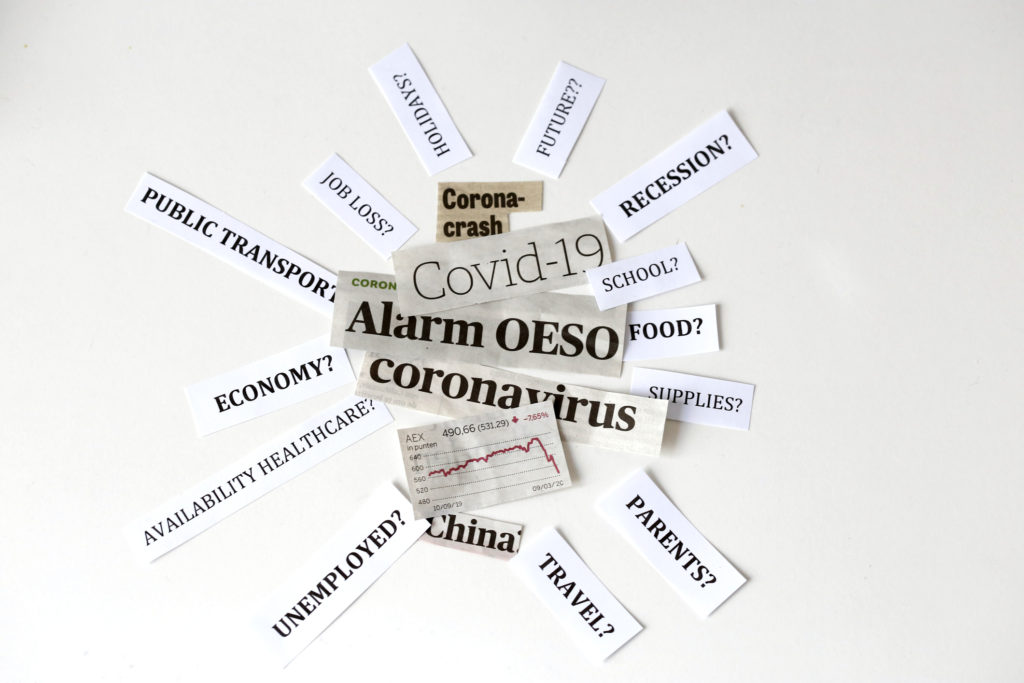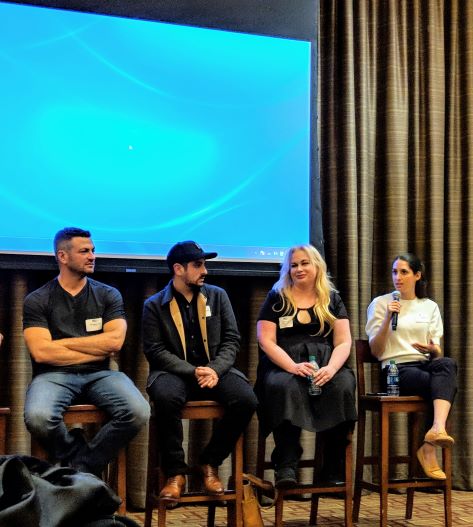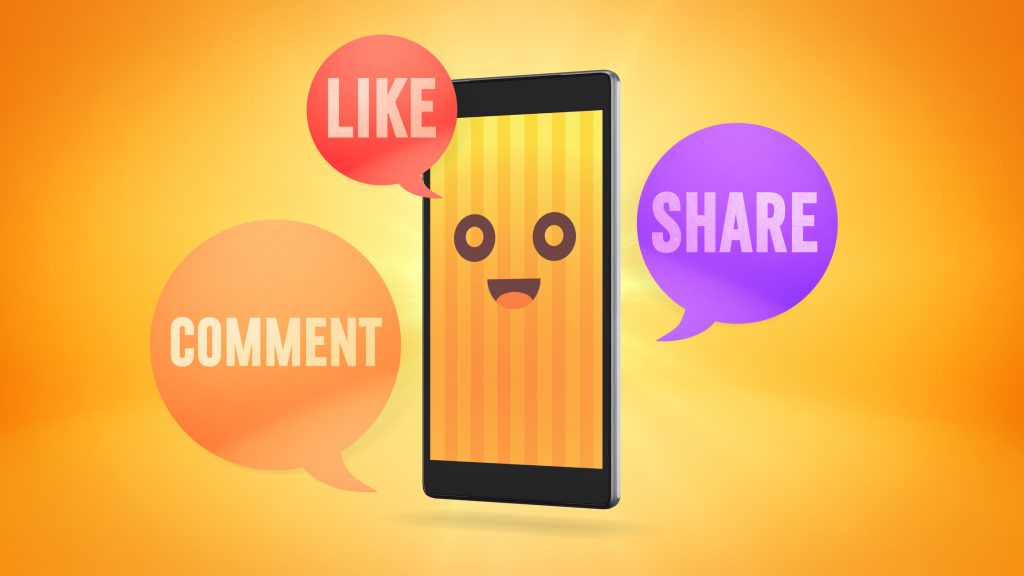
Are you staying connected with clients and customers, driving awareness and trust for your brand and building relationships to keep your business in the limelight? If not, you should be.
Opportunities for in-person meetings with clients, prospects and customers have been curtailed. Before COVID-19 consumers could learn about your brand, company or organization by attending live conferences, networking events, trade shows, social gatherings, large community events or during spontaneous interactions out of the office.
Now with several in-person activities on hold due to public health concerns and many working remotely, consumers are spending more time online reading, watching and listening to news outlets to stay informed, make purchase decisions or to learn something new. Attending virtual events and classes for work, exercise, personal or professional enrichment, have become routine.
During this time, a concerted media outreach effort that is tailored for your specific goals can help you achieve them. For example, it can relay what’s new, describe your products or services’ benefits, authentically share your leaders’ expertise or personal story, increase interest and credibility, or announce new business initiatives. I explain our proven approach with three key elements in this brief video.
According to a new report from journalism professor Damian Radcliffe at the University of Oregon, COVID-19 has boosted subscription numbers for a range of publishers. Make sure your brand is part of the narrative where and when your audience is consuming their news and information.
Here are 8 ways to do this effectively:
- Draw attention via media interviews on Zoom, email or by phone
- Schedule socially distanced in-person interviews, if possible
- Use eye-catching video and images to supplement interviews
- Coordinate reviews and giveaways with lifestyle bloggers and writers
- Get featured in holiday gift guides, roundups, “Best of” and “Top 10” lists
- Participate on podcasts which your audience follows
- Arrange for profiles in newsletters
- Engage with social media influencers to share your story, spotlight your products or services or create original content for their communities.
To discuss how we can collaborate using the above strategies and others that will successfully meet your needs, please reach out.



